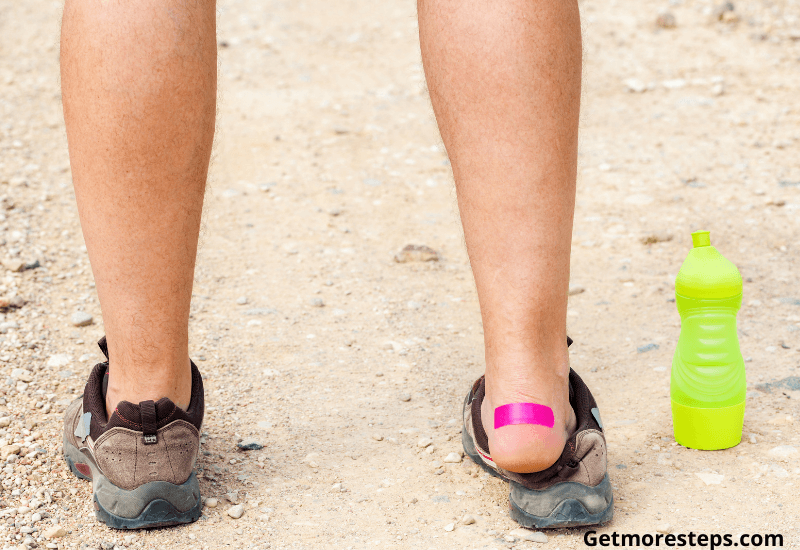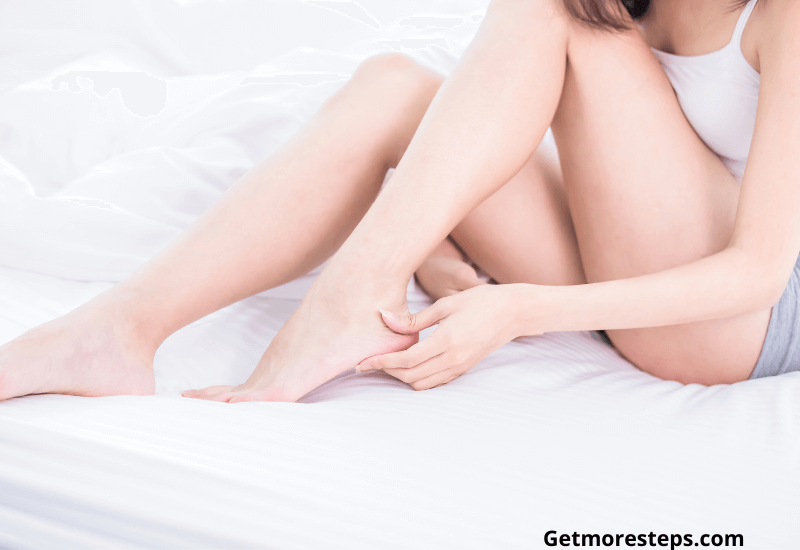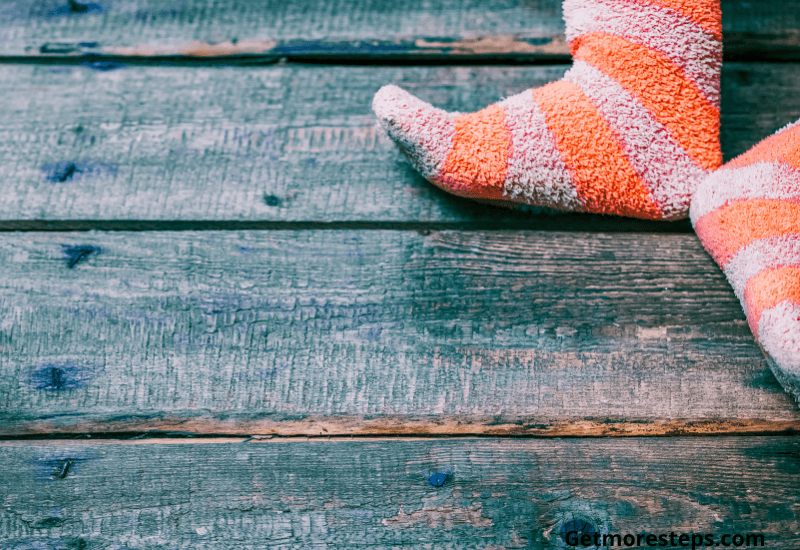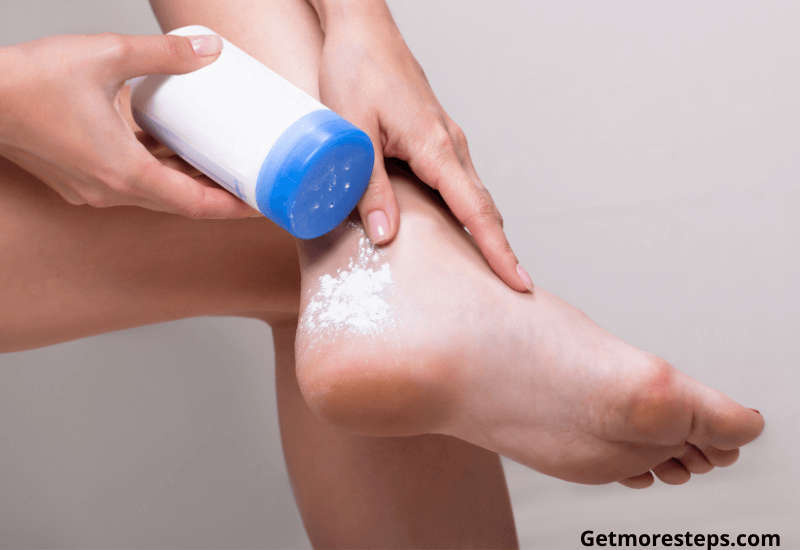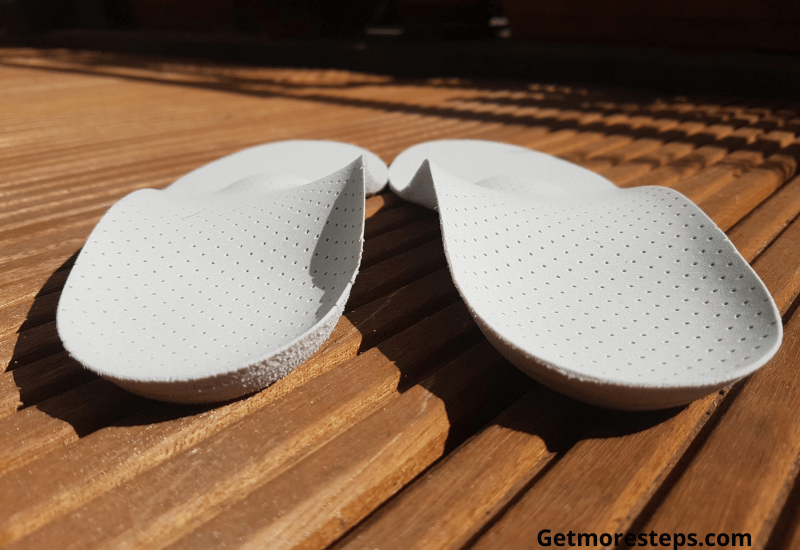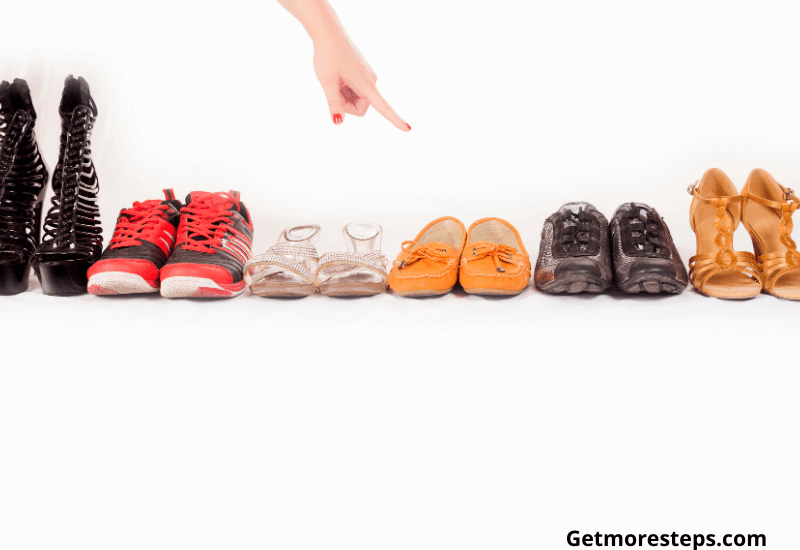Blisters can be painful, and unfortunately, those who experience them often are runners and walkers. What factors cause foot blisters? Well, the most common reasons are the friction of the skin, sweaty feet, or ill-fitting shoes. Whatever the reason, you must avoid them at all costs if you want to enjoy your workout! In this article, you’ll find all you need to know on how to prevent blisters when walking long distances.
Contents
What is a Blister
A blister is a small sac filled with fluid on the upper layer of the skin. Blisters are usually caused by the skin rubbing against a surface, an infection, or a burn.
Check Your Feet
Before you put your socks on, take a moment, and run your hands on your feet to ensure there aren’t any cracks, cuts, or red spots on the skin. It’s the best way you can prevent blisters.
Make Sure Your Shoes Fit
If your shoes are too tight or aren’t broken in, your feet will be compressed, and your skin will rub against the shoes. On the opposite, if your shoes are too big, your feet will slide inside, and it will rub also.
My Advice: The best way to pick the right fit and shape is to try the shoes before buying them. Make sure there is enough space in the toe-box for your toes to move freely. With a new pair of shoes, you are more prone to getting blisters. I suggest you wear them with thick socks around the house as much as possible and go for short walks before you start walking long distances.
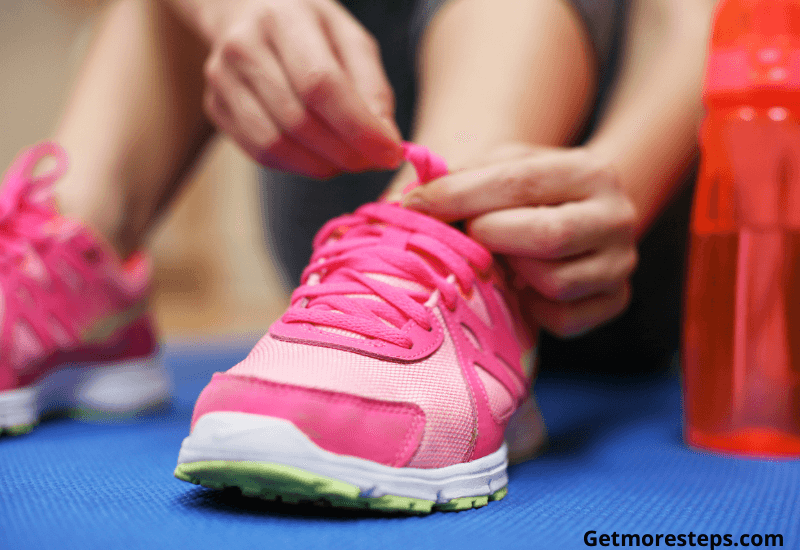
Wear the Right Socks
Not all socks are suitable for walking shoes. For instance, cotton socks retain moisture. When the feet remain wet for a while, it softens your skin, making it more susceptible to produce a blister.
My Advice:
Choose Synthetic socks
Choose Synthetic socks instead of cotton. These wick away sweat from the foot, allowing you to keep your feet dry. Make sure your socks aren’t too big to avoid any wrinkles. If they are too small, they will slip and press the toes.
Socks With Built-In Liners
When I go hiking, I always wear Wrightsock double layer socks because they are smartly built. The outer and inner layers are sewn together, allowing the layers to rub against one another, protecting your skin from friction.
Select the Right Thickness
If you plan on walking in hot weather, wear thin socks. You want to avoid sweaty feet. And when it’s freezing outside, put on thick socks. Make sure they are not too thick to leave enough room for your toes. Sometimes it can be cold in the morning and suddenly hot in the afternoon. So always bring a pair of socks with you as a spare.
Try Liner Socks
Liner socks are thin socks that are meant to be worn as a base layer under your hiking socks. Not only do they wick away sweat and prevent rubbing, but they also regulate your body temperature when hiking in cold weather. If you have blisters, you should try them out because they keep them at bay.
Keep Your Feet Dry
As you may have read it often in this article, your feet need to stay dry to prevent blisters. So let’s see what the best solutions are.
Powder
Use a powder such as cornstarch or talcum powder. It absorbs moisture. The best brands are Gold Bond or Dr. Scholls. You can apply the powder on your feet and put some inside of your socks.
Water
Whether summer or winter, you need to stay hydrated. You must drink one or two glasses of water before and after walking. If you can, bring with you a bottle of water.
Potassium replacement
If you do brisk walking for more than 60 or 90 minutes, you should drink electrolyte Sports Drinks such as Gatorade or foods with electrolytes such as banana, avocado, almonds, peanuts. These include sodium and potassium, which you lose after sweating. So it’s essential to get them back in your body to stay hydrated.
Lubricate Your Feet
When walking, the skin, socks, and shoes rub against each other, making your feet more prone to blisters. By reducing the friction, you reduce the chance of getting blisters. A good tip is to cover your feet with lubrication. It makes your skin slippery and reduces rubbing.
Tubes
There is a variety of lubrication on the market, and most of them can be found at running stores. The most popular ones are Sportslick, Body Glide, Runners Lube, Sport Shield, and Chafe Eez.
Vaseline
The Petroleum jelly lubricant is inexpensive and mainly used by marathon runners and walkers. It doesn’t stay very long, so you might need to reapply from time to time.
Bag Balm
I have never tried Bag Balm, but many walkers and runners have a good opinion about this lubricant; they say it’s effective on the skin. Some even reported that it works better than some other lubricants. No matter what you’ll use, always apply it on your feet before putting your socks on. Lastly, try to re-lubricate after dozens of miles and make sure to change your socks too.
Wear Supportive Insoles
Using supportive insole will hold your feet better, thus will limit friction. Choose insoles that fit your shoes well; otherwise, you might end up with blisters at the end of your walking session. If you use the insoles with other walking shoes, make sure they fit because the shape and size might be different.
Take Care of Hot Spots Right Way
Don’t wait until a hot spot turns into a blister. Treat it as soon as you can. Take off your walking shoes and socks and put some types of protection on your feet. There are useful sets of blister kits on the market that contain everything you need to treat and prevent blisters. These usually include
- Foam pressure oval pads
- Sterile Comfeel dressings
- Foam pressure sheet
- Skin hydrogel pads
- Silicone gel toe sleeve
- Skin Prep swabs
- adhesive felt sheet
Should You Pop a Blister?
I don’t think it’s a good idea because it could lead to an infection. If you have the patience, wait several days. It will go away naturally without any medical treatment. If you decide to pop it, do it cautiously.
- Wash your hands with soap and wear gloves.
- Make sure to disinfect the needle with alcohol. If you don’t have alcohol, heat the extremity of the needle until it turns red.
- When you are ready, pop the blister.
- Then slowly push the fluid out.
- Clean the area with warm water and soap.
- Put antibiotic ointment to the popped blister.
- Cover the blister with a sterile bandage.
Tips to Choose the Right Shoes
- Try the shoes on and lace them.
- Your feet should feel comfortable in the shoes when walking.
- The shoes should fit the foot and not the other way round.
- Make sure your toes have enough room to move. The space between your toes and the front of the shoes should be 0.5. – 1 inch. This is the perfect fit.
- Your little toe should feel comfortable and not compressed.
- The heel counter should not wrap around your ankle.
- Your heel should be able to move a little up and down at the heel counter. Your finger should fit between your heel and the counter heel, which is the hard piece in the back of the shoe.
- Make sure to relate the thickness of your sock to the fit of your shoes.
- The shoes should fit the type of workout you will be doing.
- Make sure the shoes have the proper outsole for the type of workout you plan to do.
- Always check if the insoles that come with the shoes are of good quality. If they are flimsy and weak, get a pair that provides cushion and support.
- If you are wearing orthotic insoles, make sure that they fit in your footwear.
Conclusion
Most foot problems happen because we don’t pay enough attention to our feet. If you want happy and healthy feet, take care of them. This means buying the proper shoes and socks, lubricating them often, don’t overwork your feet, and let them rest when they need to.
How do you prevent blister? If you know other techniques, I would love to know about them.

I don’t know about you, but I love my feet because they allow me to walk and go wherever I want to go. Without them, I would be lost! So I always spoil them with a good pair of walking shoes to make sure they are as comfortable as possible. If you take care of your feet, they will take care of you and your health. Well, fitted shoes will protect them and allow you to get more steps without pain!
Read more about me
